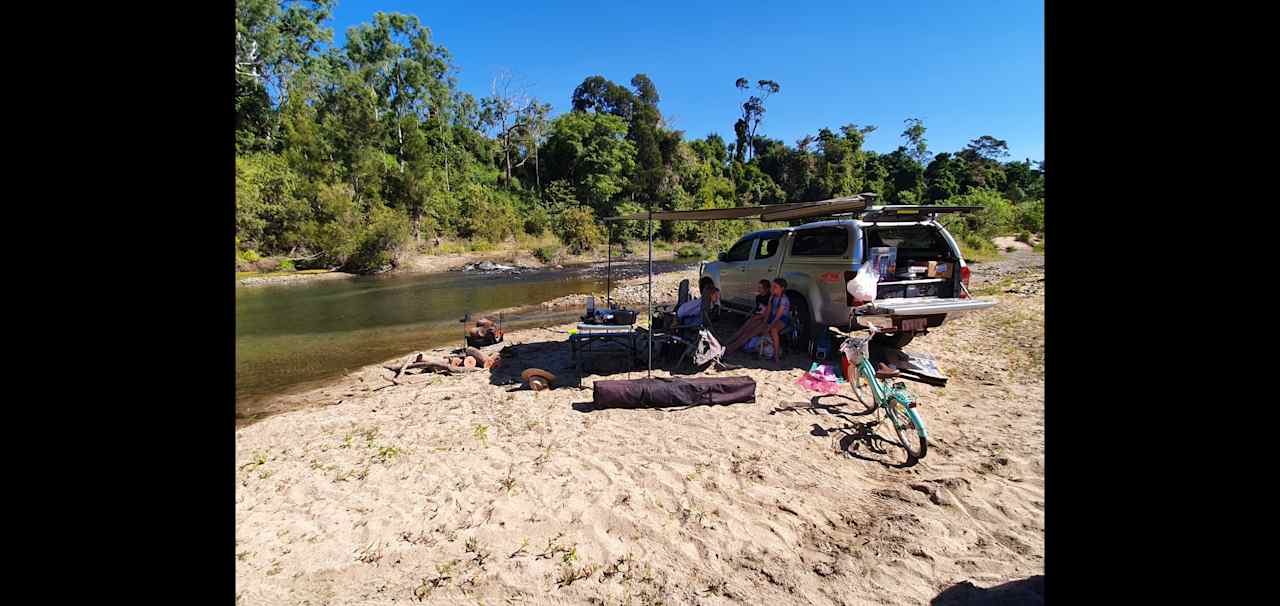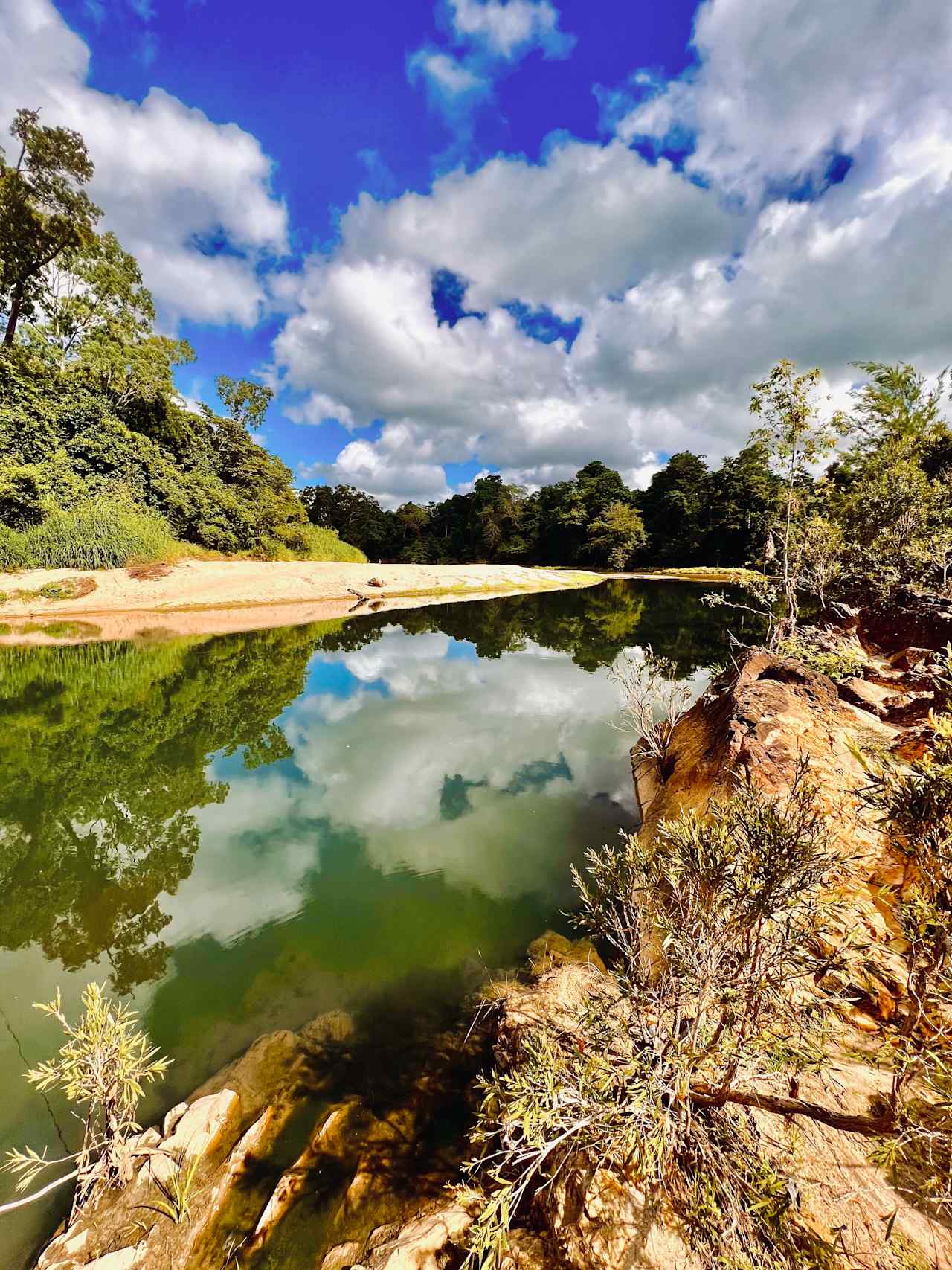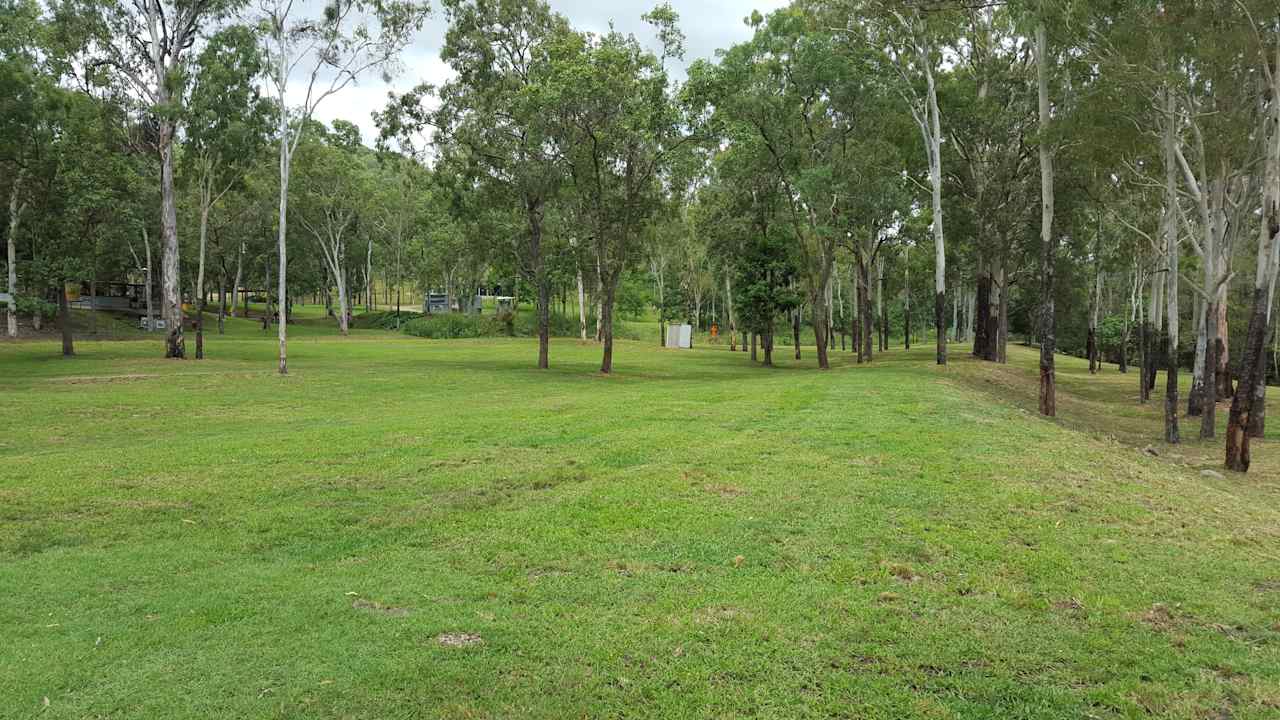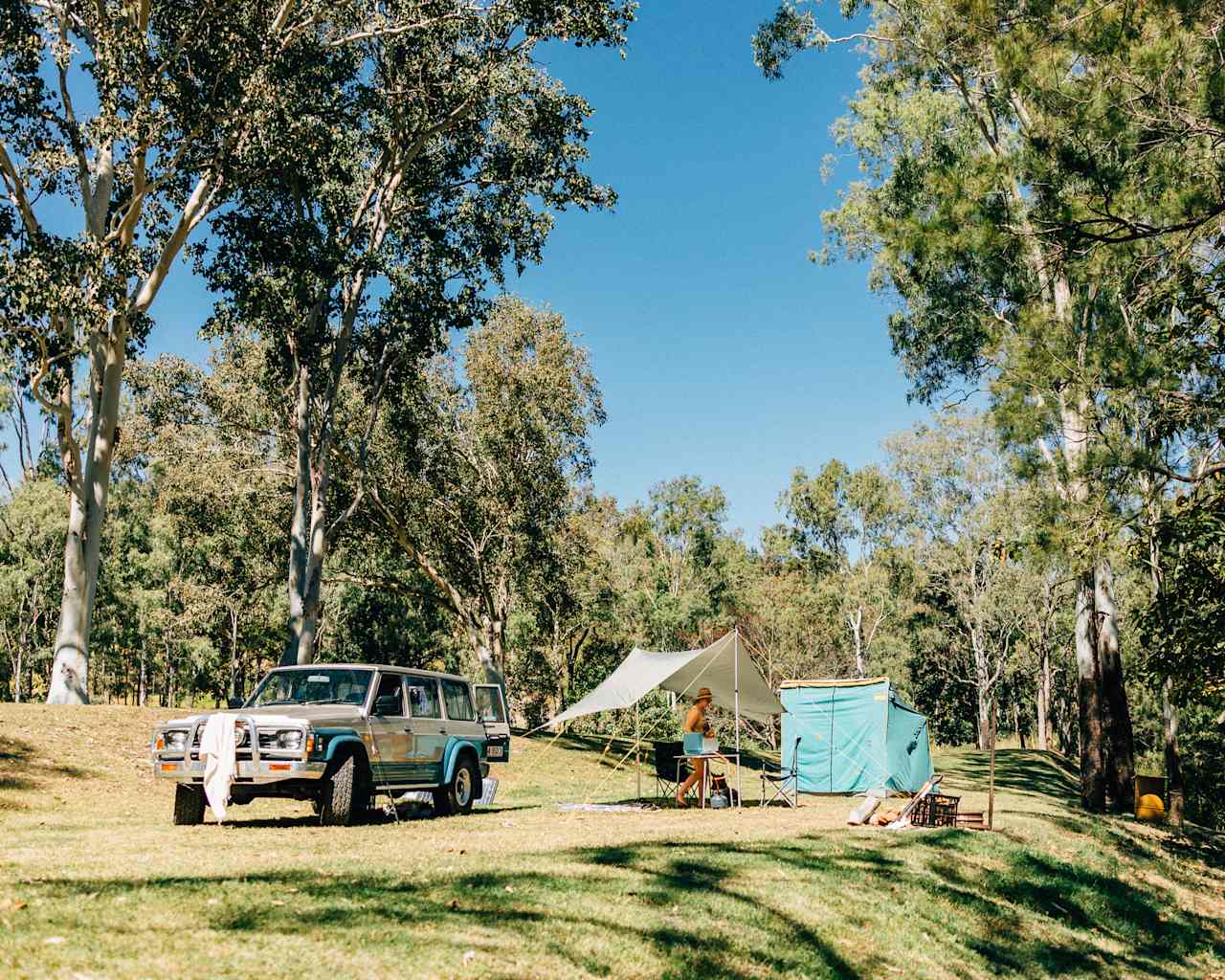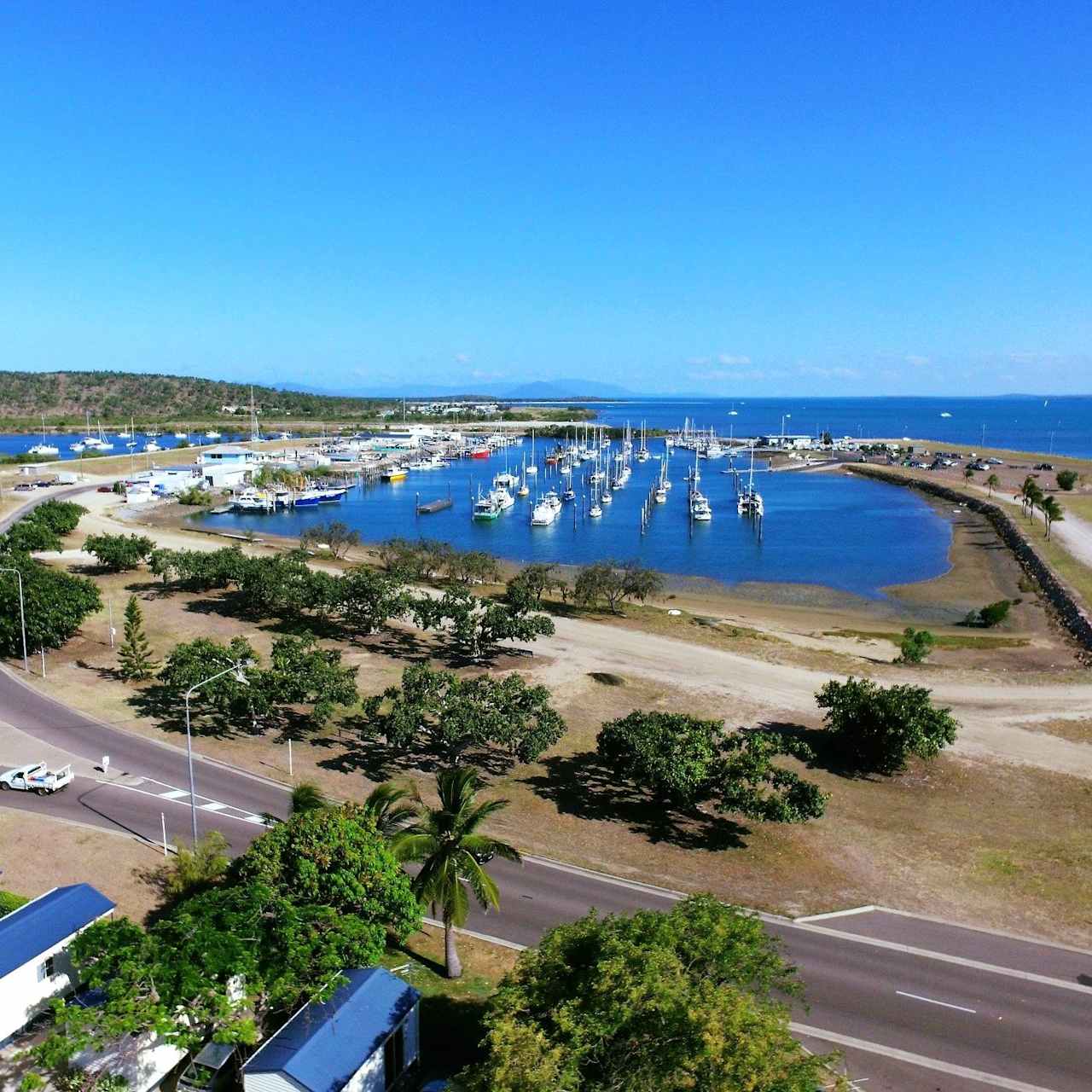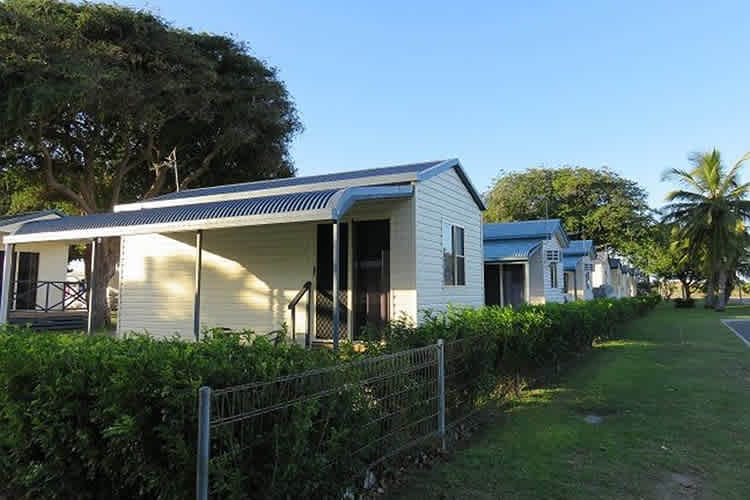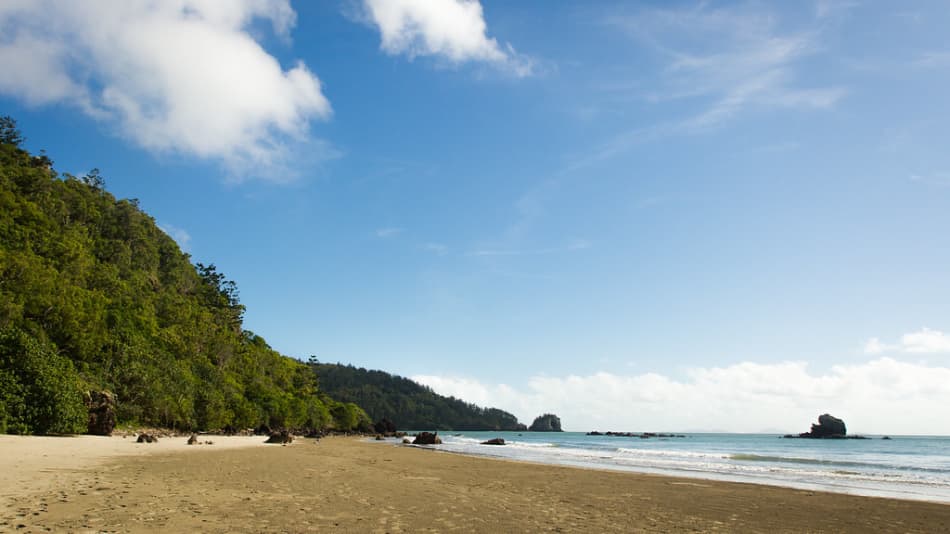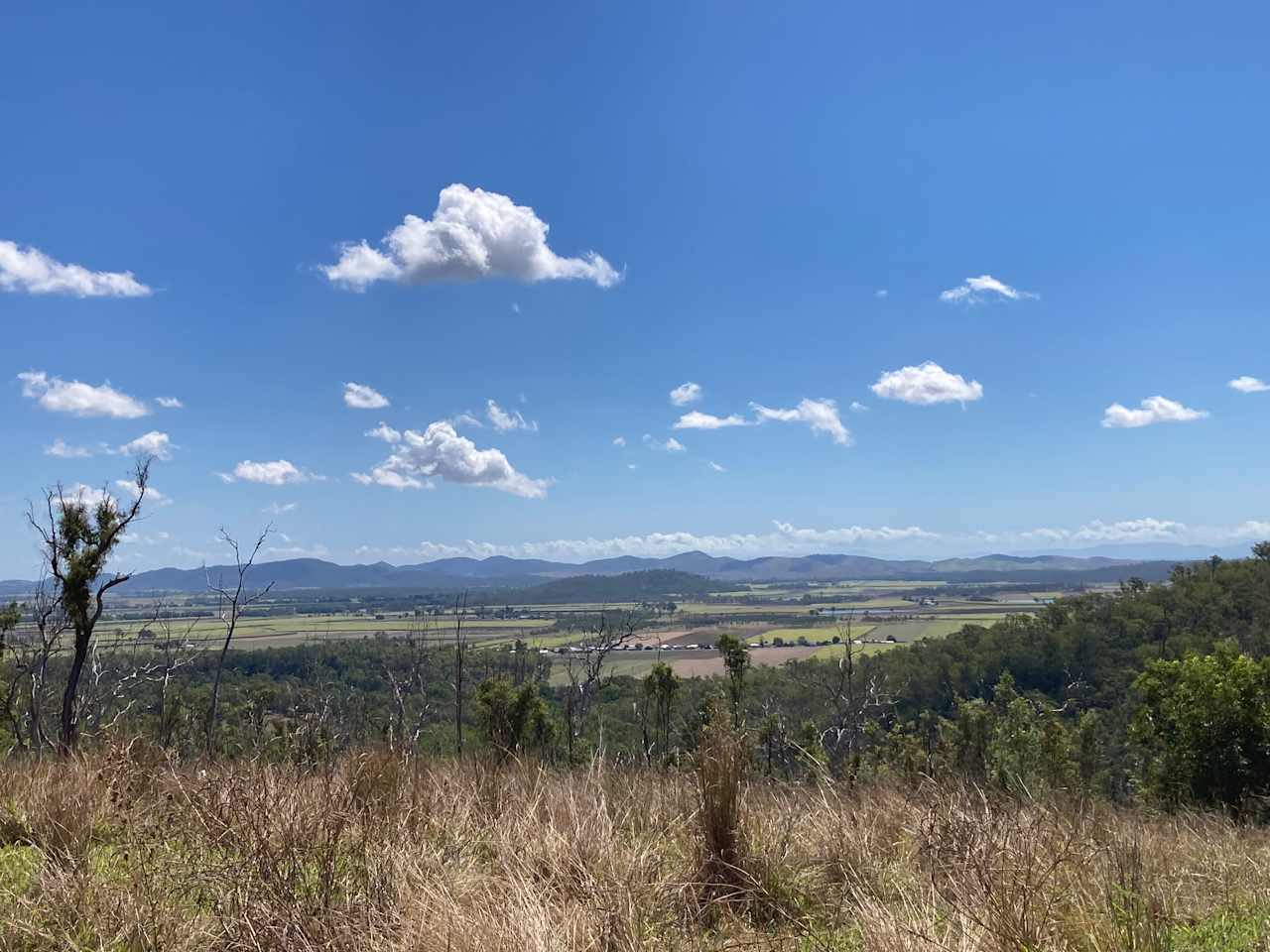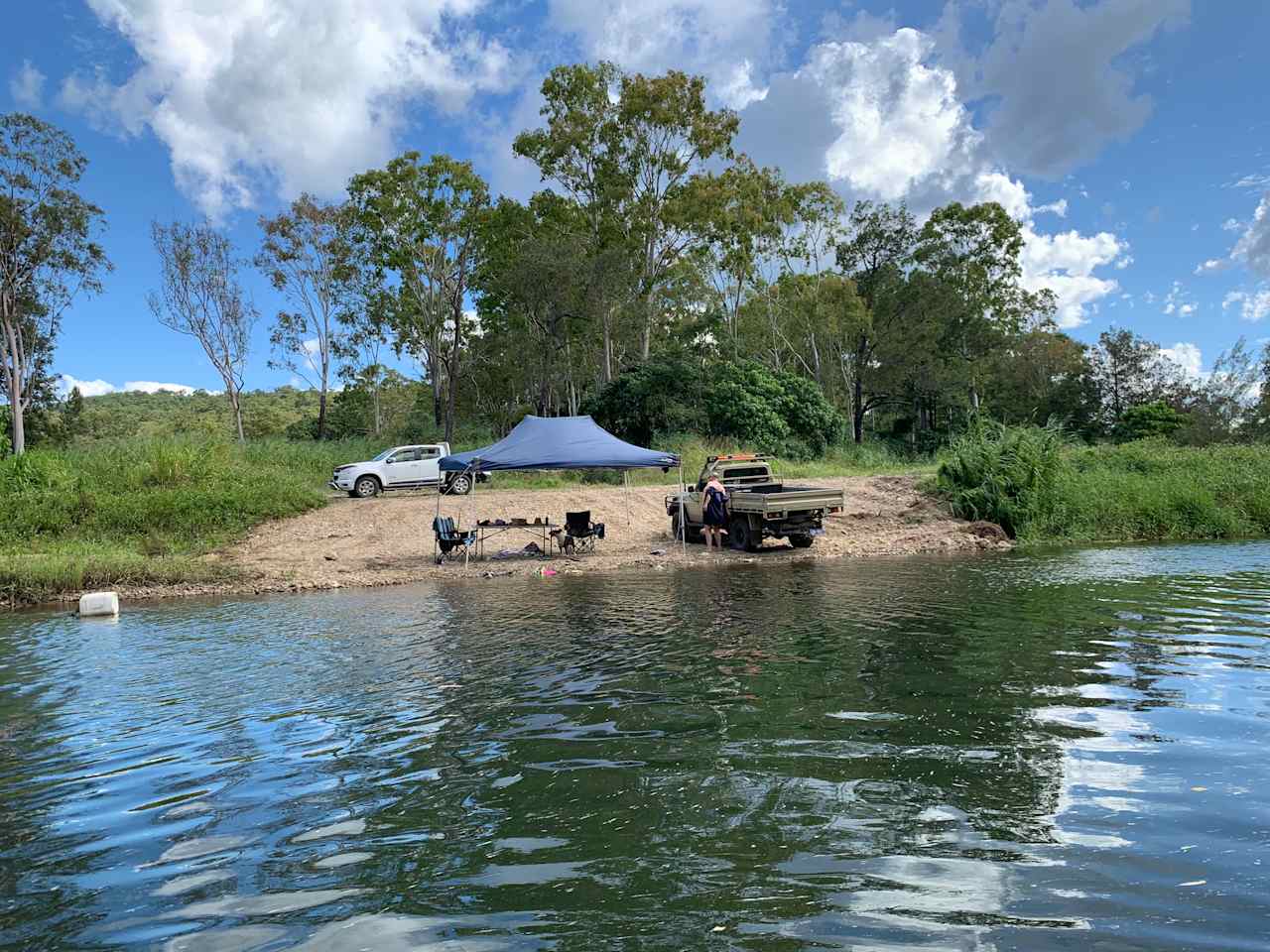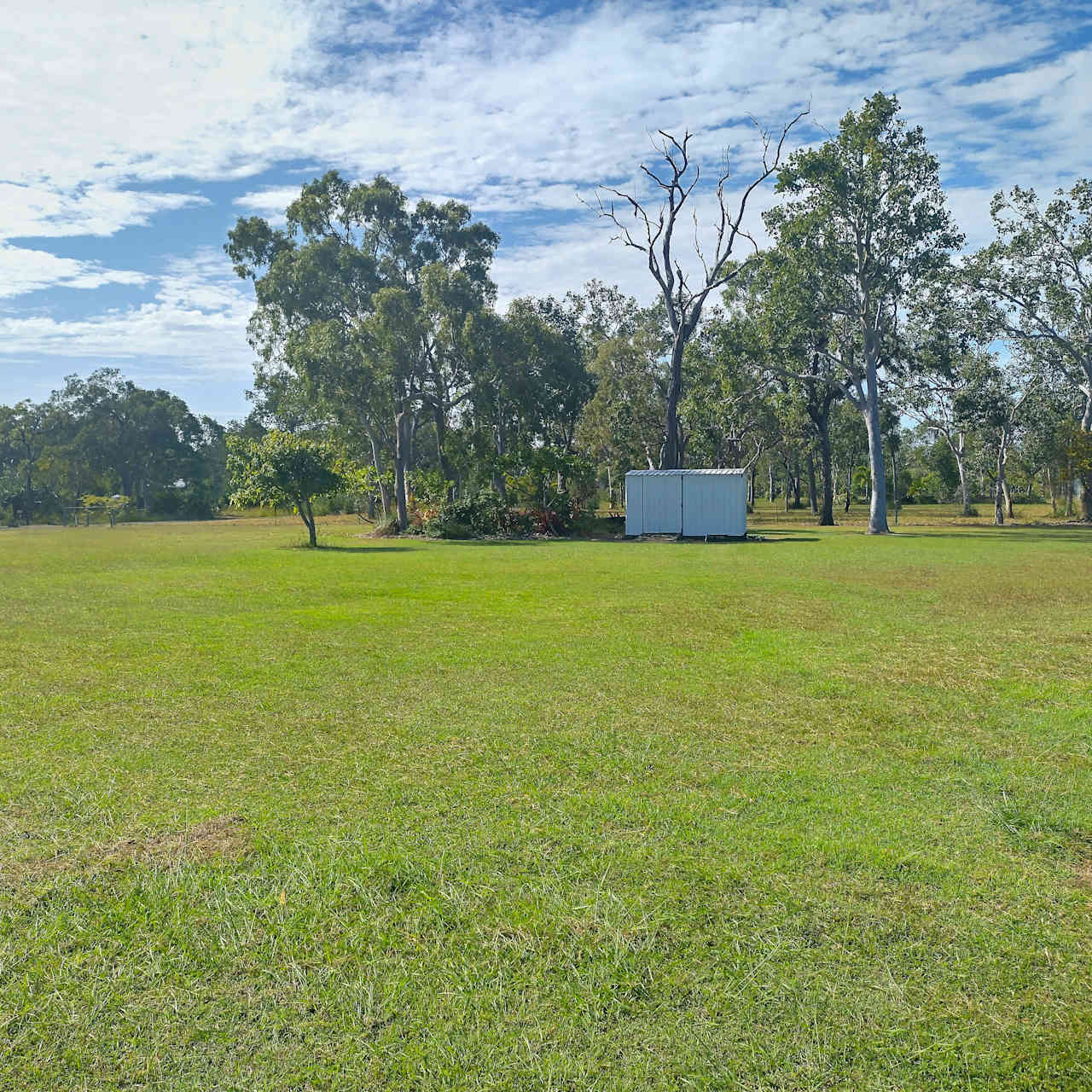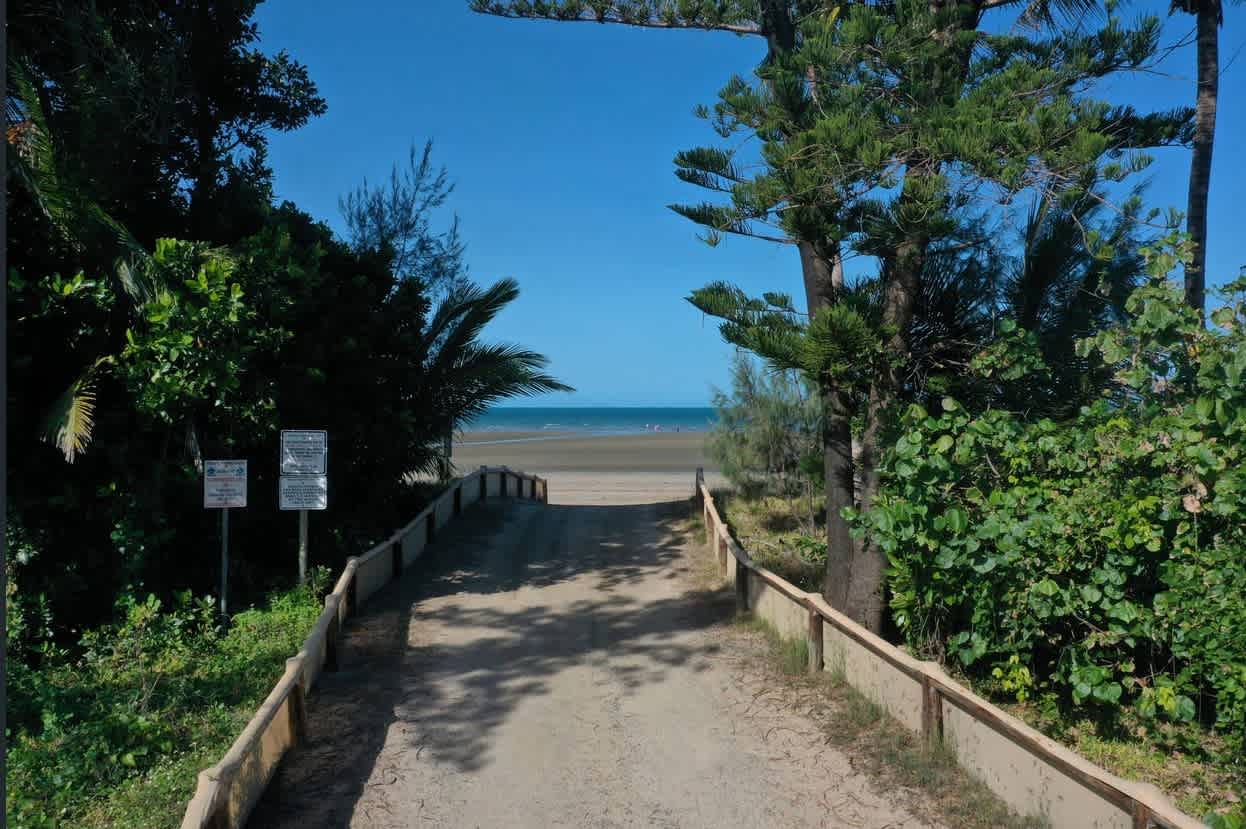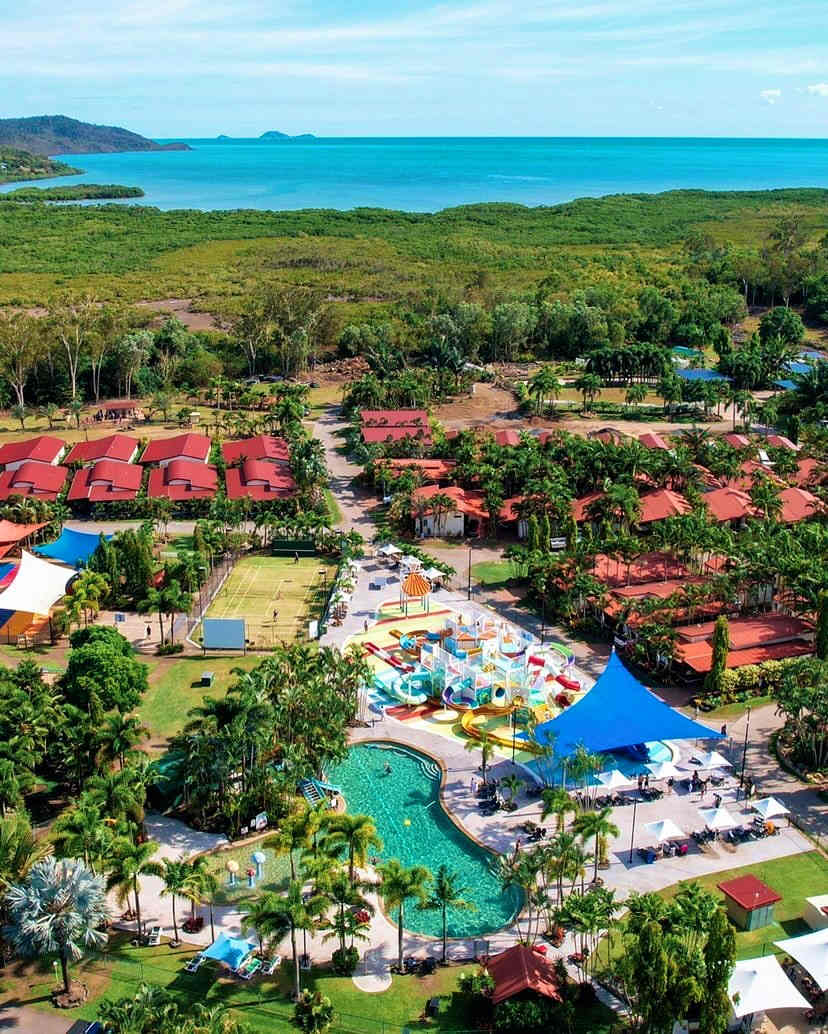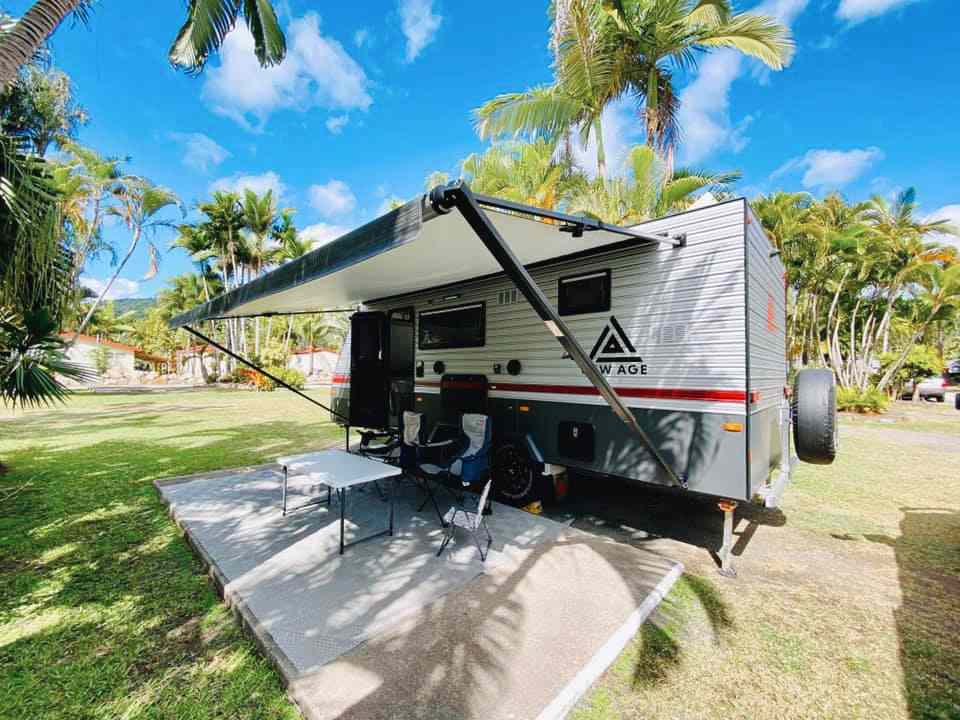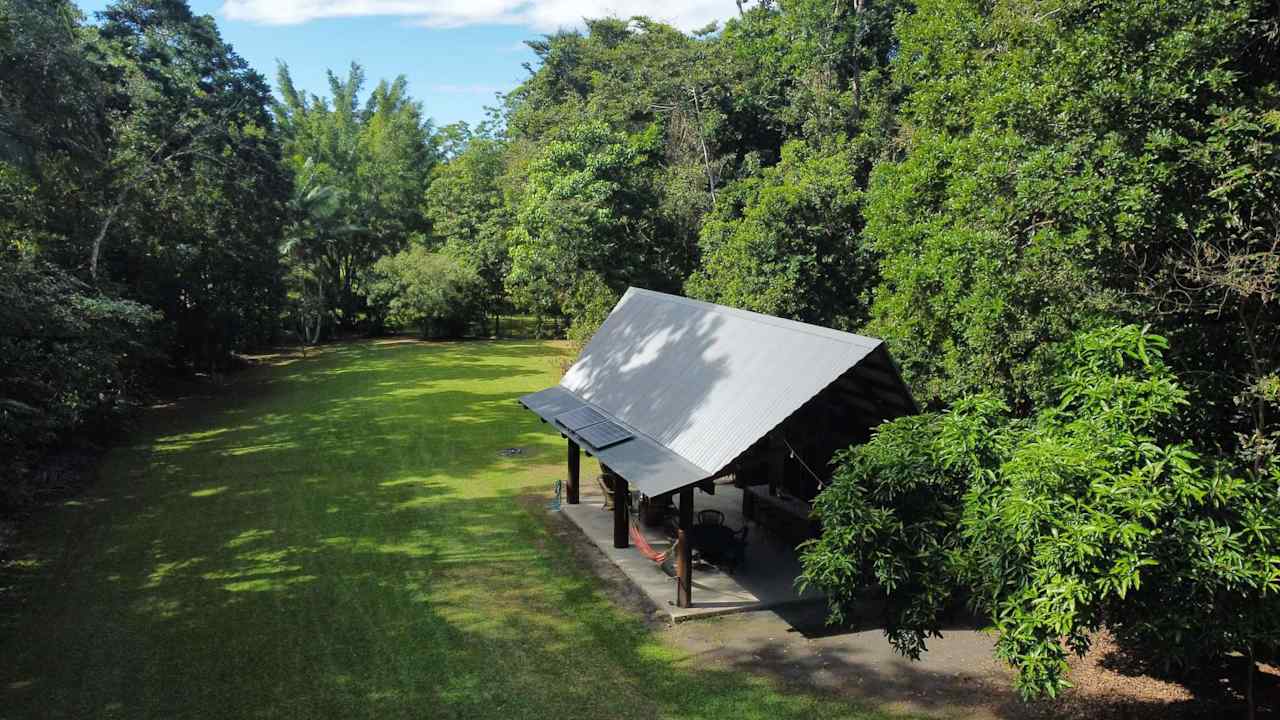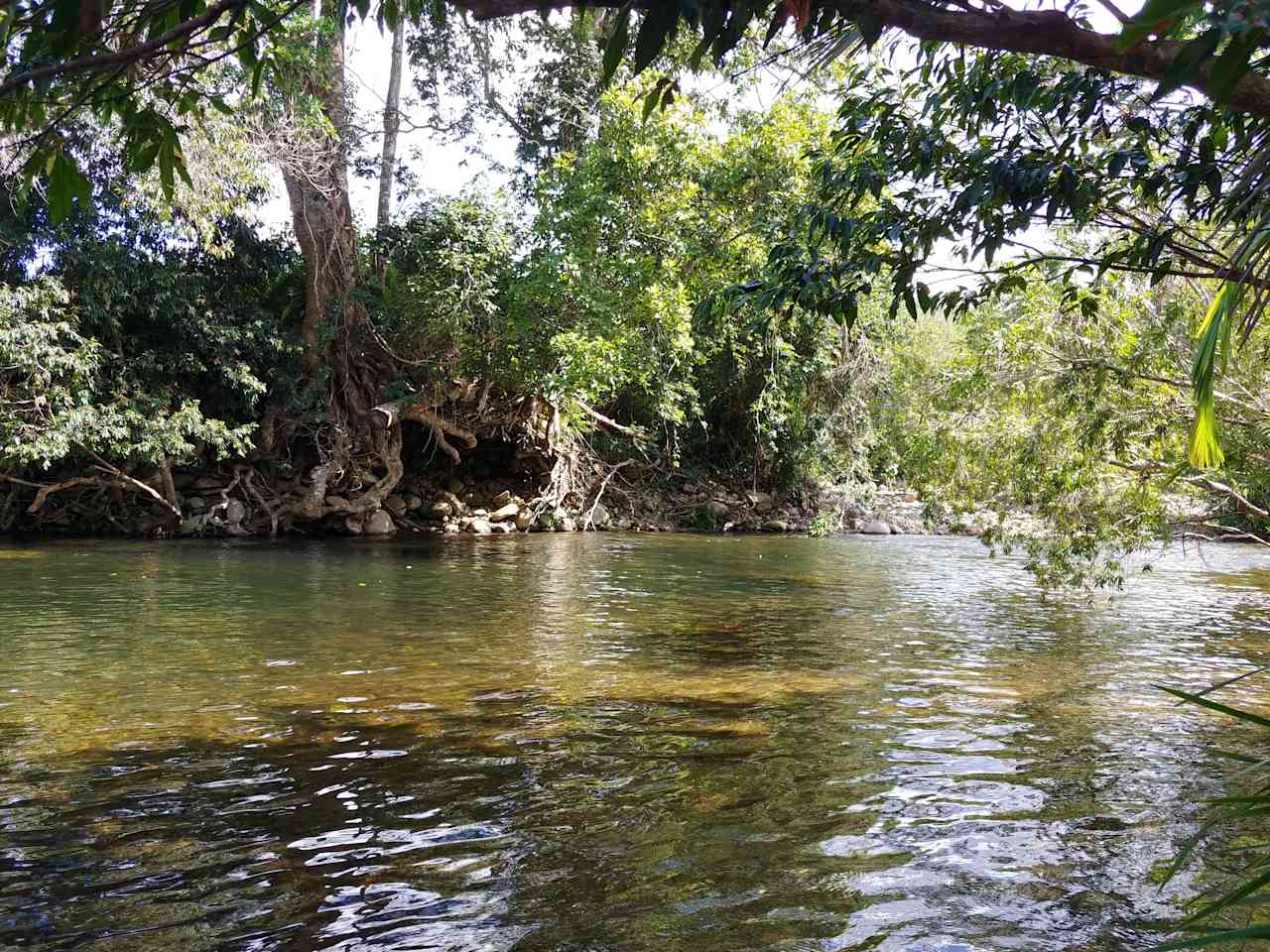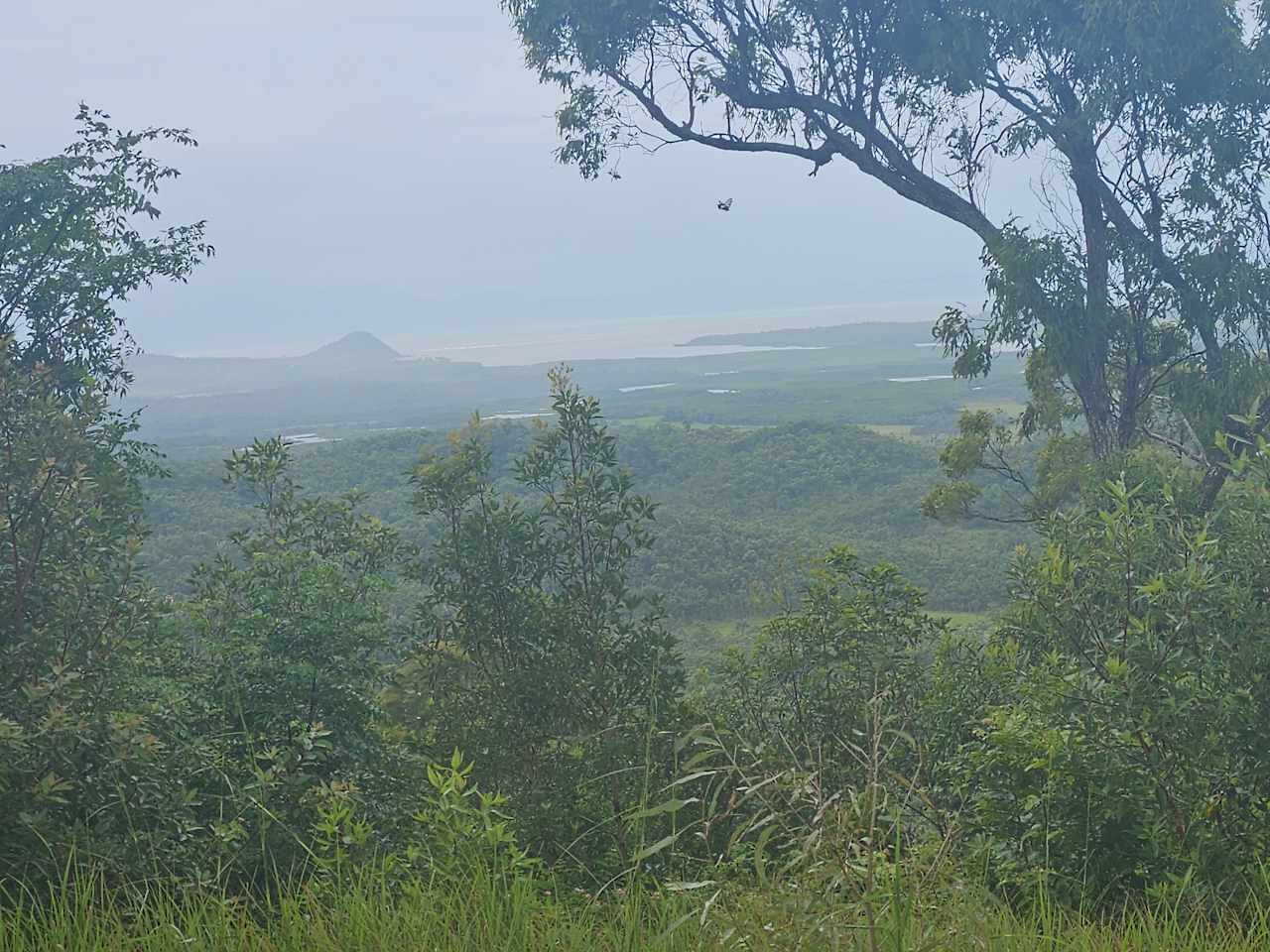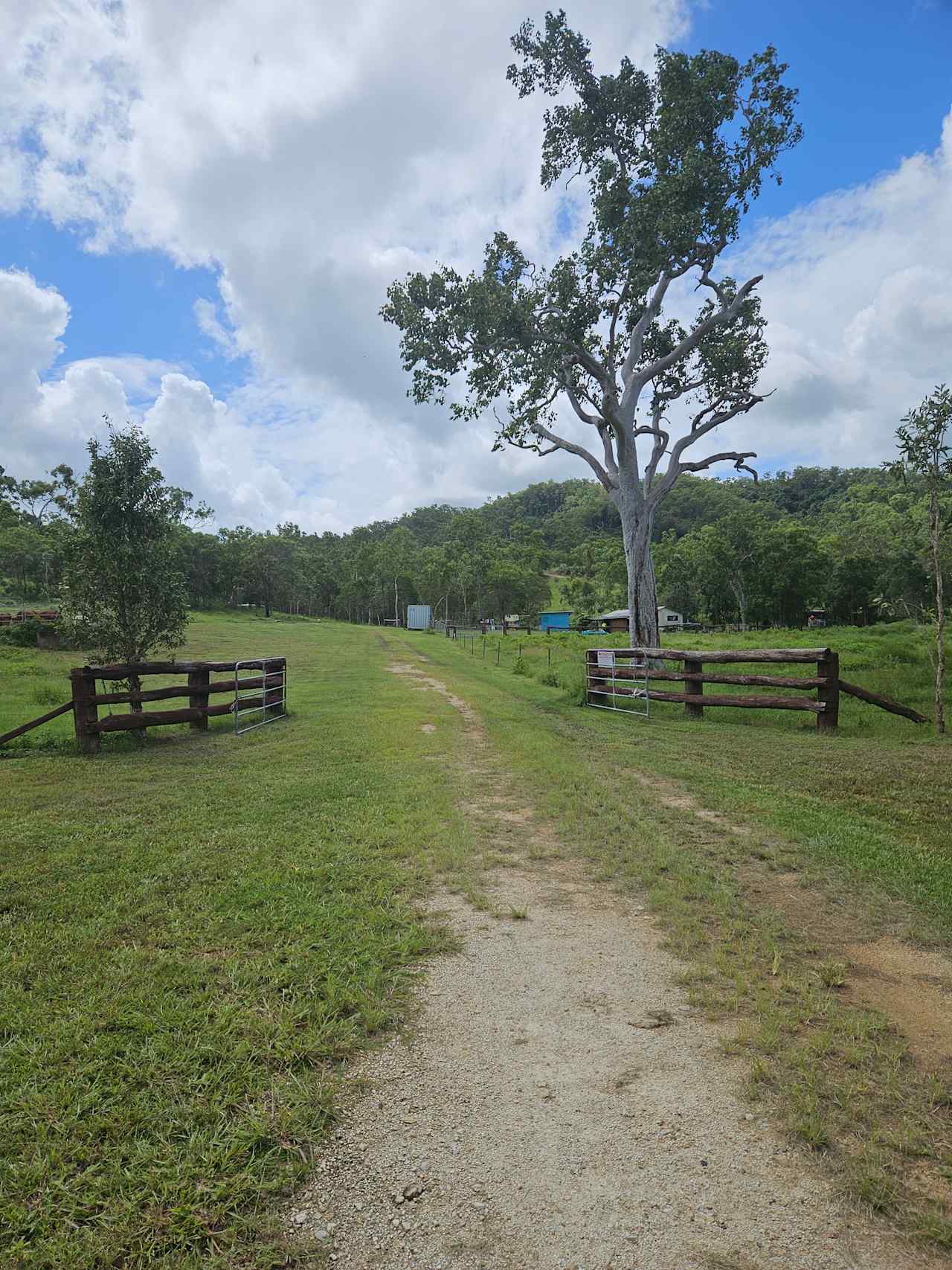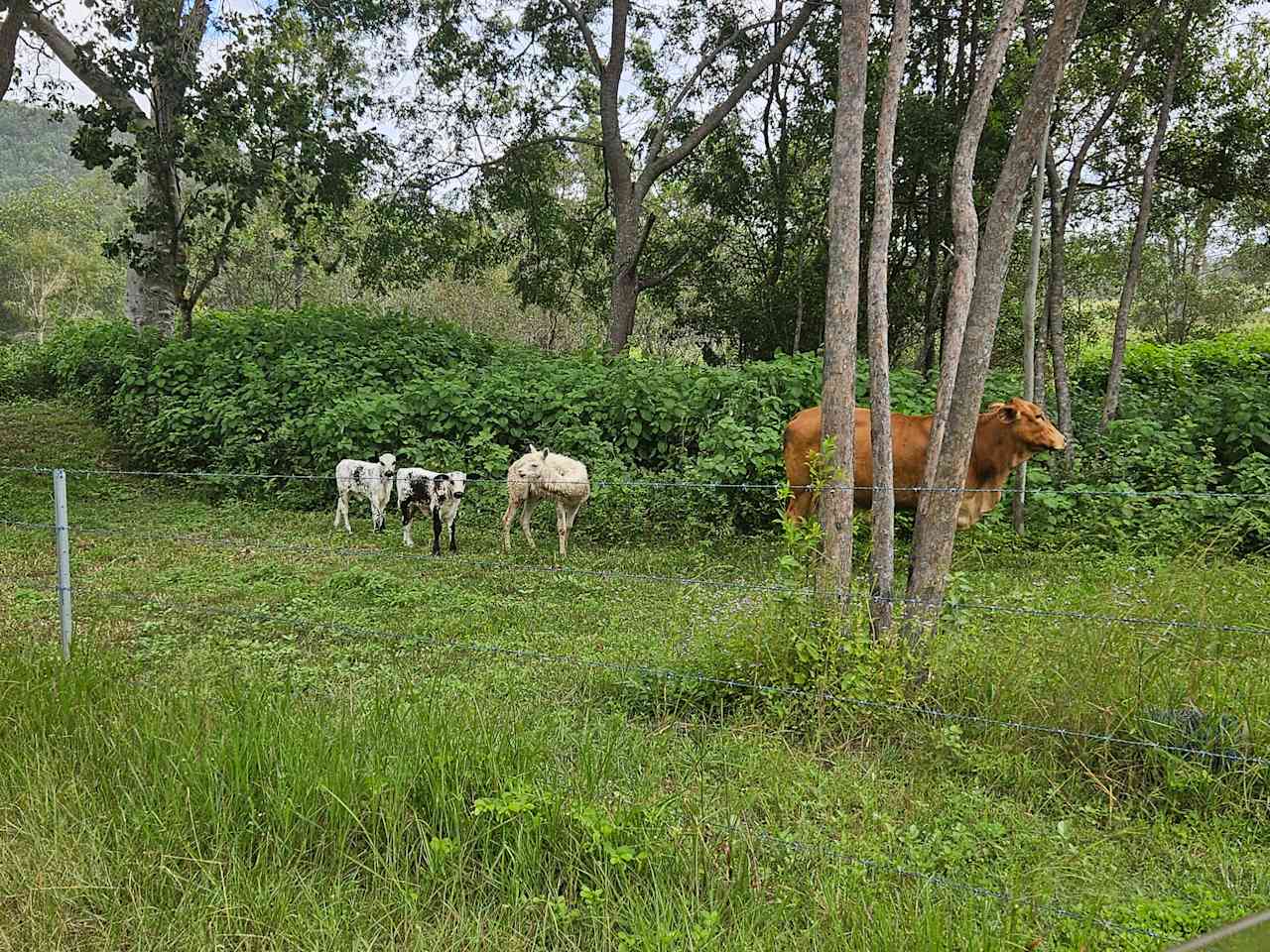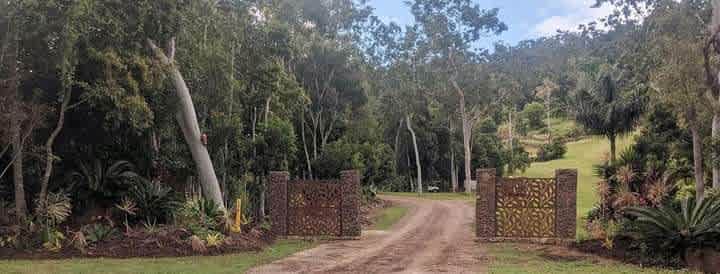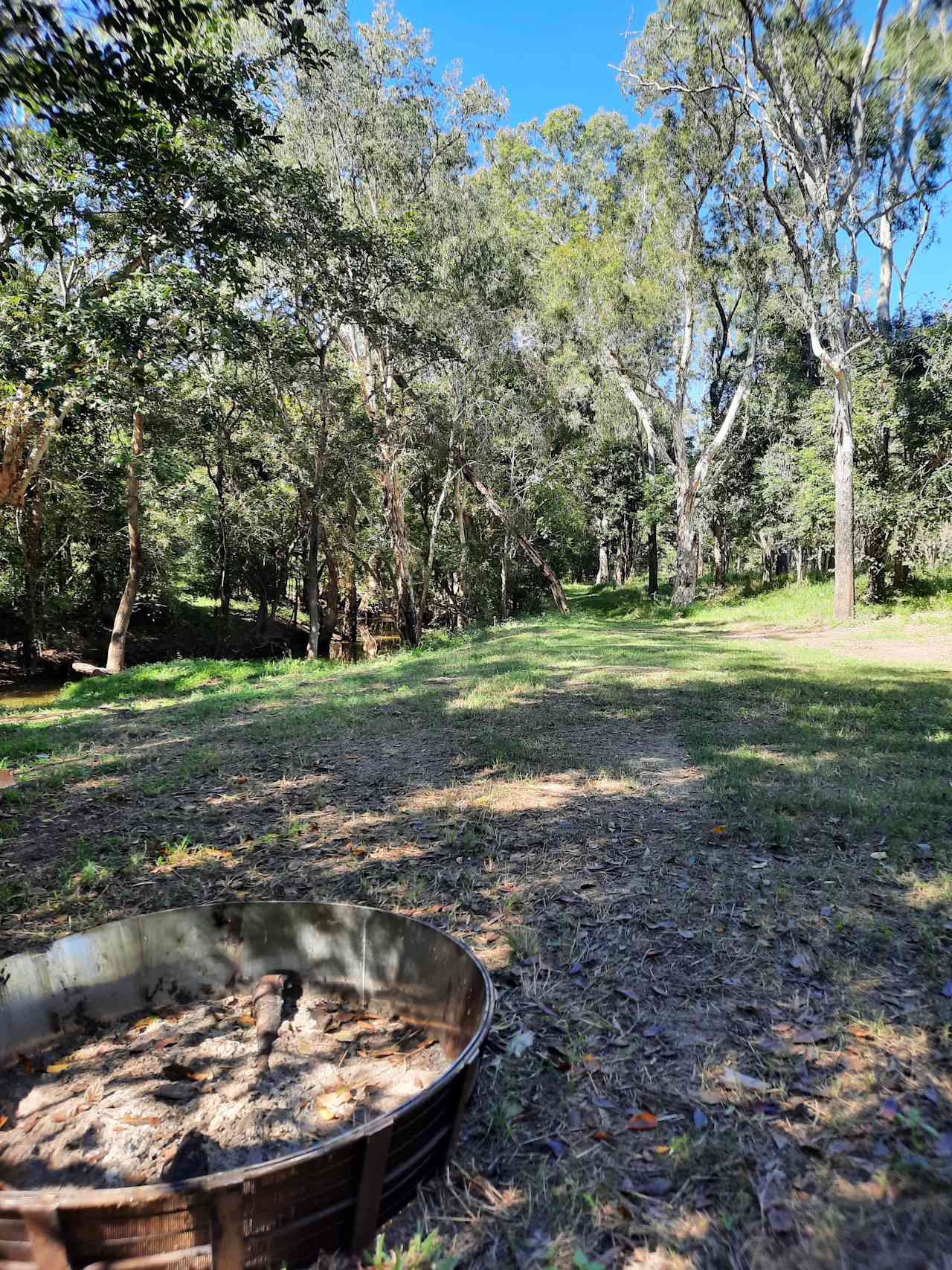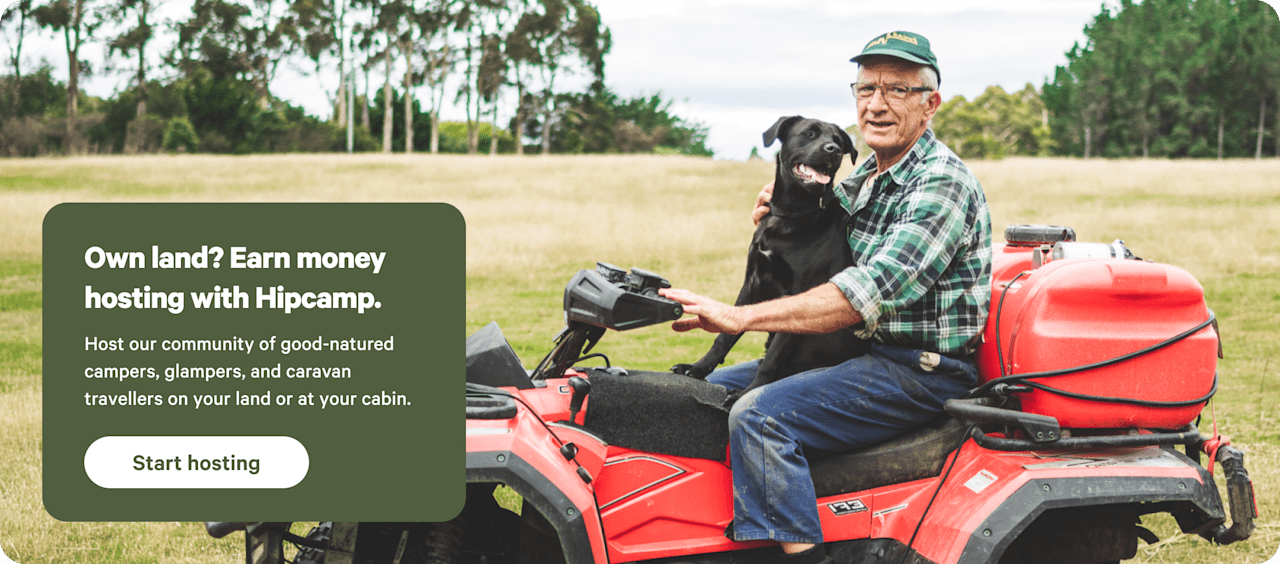Camping near Airlie Beach
Sailing, snorkelling, hiking, and camping in the forests or islands of the Whitsundays.
- Airlie Beach
Popular camping styles for Airlie Beach
Available this weekend
Star Hosts in Airlie Beach
12 top campgrounds near Airlie Beach
Under $50
Dog-friendly getaways
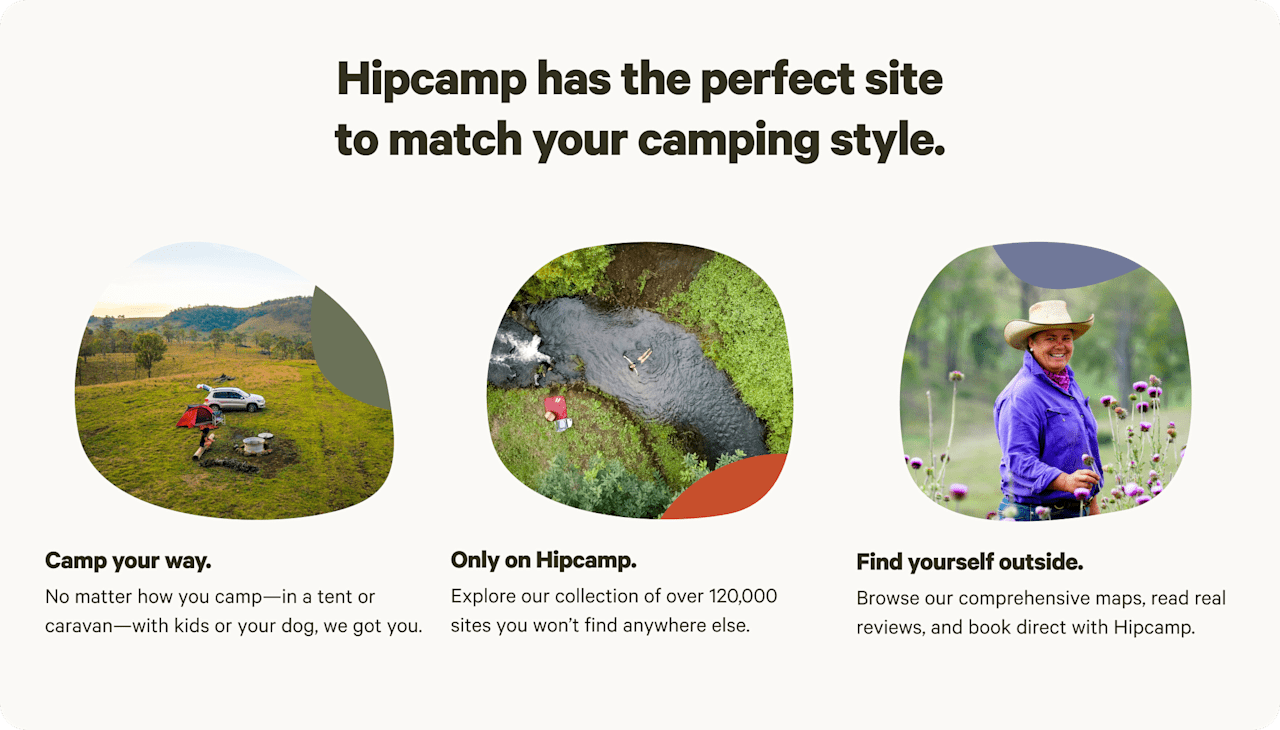

Camping near Airlie Beach guide
Overview
Impossibly blue waters and 74 islands draw campers, sailors, snorkelers and divers to the Whitsundays, and the hub is the relaxed village of Airlie Beach. Perched on the edge of the Coral Sea, Airlie Beach is a laid-back place to base yourself while exploring the Whitsunday islands and walking trails. Cool off in the artificial Airlie Beach lagoon, with its man-made beach and surrounding 10 acres of parkland, or take boat trips to the Great Barrier Reef or to nearby islands for camping, snorkelling, diving, fishing and hiking.
Whitsunday Island
The jewel in the crown here is Whitehaven Beach, famed as one of Australia’s best beaches, for its 7km of dazzling pure-white silica sand and good swimming and snorkeling. Boat transfers for campers can be arranged from Airlie Beach. Camp sites are behind the beach in eucalypt forest. Fishing, kayaking and hiking are all excellent pastimes in this little piece of the Whitsunday Islands National Park, and there are five other camping areas on the island.
Hook Island
Part of the Whitsunday Ngaro Sea Trail, a blend of seaways and picturesque walks across Hook, Whitsunday and South Molle islands, this island has four beachside camping grounds. Curlew Beach is the closest to the Ngaro Cultural Site at Nara Inlet, honouring the indigenous Ngaro people, where there are shell middens and rock art sites.
Conway National Park
Conway National Park, on the mainland has lots of short walks but for those who want something more challenging, the three-day 27.1km Conway Circuit has two campsites. Feast your eyes on giant strangler fig trees, palms and ferns and spot the large electric-blue Ulysses butterflies.
Hardy Reef
For a once-in-a-lifetime splurge, take the chance to camp overnight on a pontoon on the Great Barrier Reef with Cruise Whitsundays’ Reefsleep. Join a day trip cruise to dive and snorkel at Hardy Reef, but when the daytrippers leave, stay on to experience the reef at night. Tents (or “reefbeds”) are erected on the top level of the pontoon, under the stars, for a maximum of 20 people. It’s expensive, but unforgettable.
When to go
The best months to visit are May to September, when the weather is balmy and the waters are free of toxic marine stingers, which prevents ocean swimming (unless you don a special ‘stinger suit’). The busiest times are June to August, so make sure you book early. December to March is hotter and more humid. Expect ocean temperatures of at least 72F year-round. The rainy season is January to March, and cyclones are possible between November and April.
Know before you go
- There are 28 camping areas across the islands or mainland National Parks. Camping permits are required for all Queensland parks, forest and reserves and must be booked online and paid for before arrival.
- Saltwater crocodiles are found in the nearby Proserpine River and other waterways in the region.
- Manta Ray Bay on Hook Island is a great spot for snorkelling, with big fish such as the protected Maori wrasse, trevally and lots of smaller reef fish.
- Cid Harbour, on the western side of Whitsunday Island, is a known site for shark attacks, so is best avoided by swimmers.
